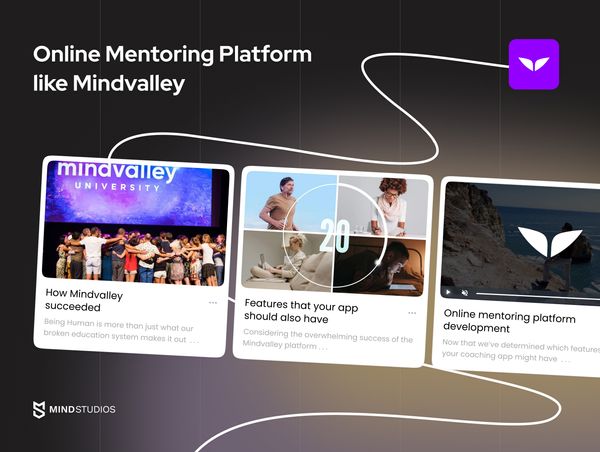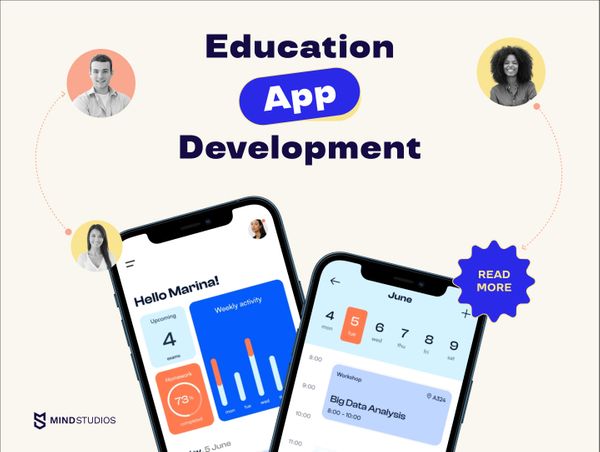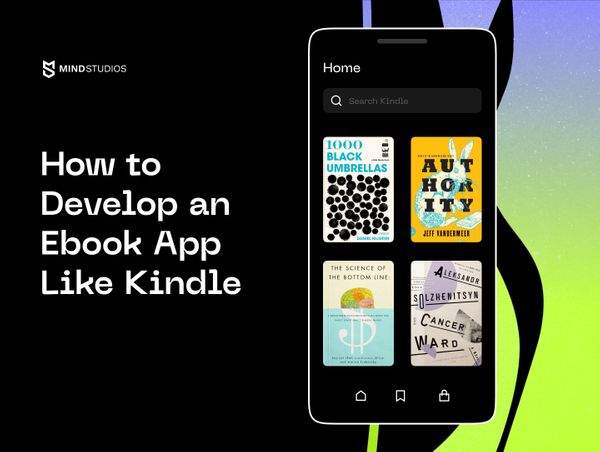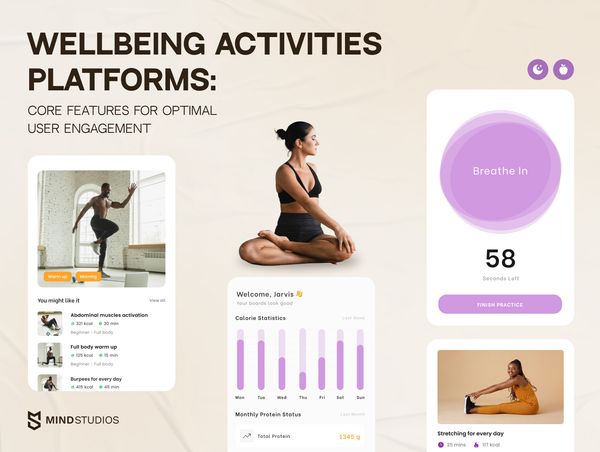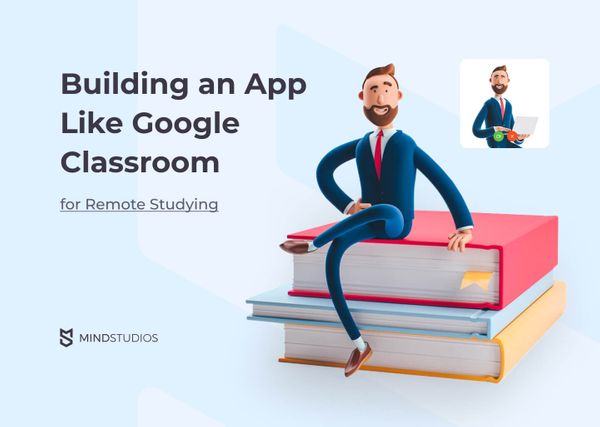
In this article, we talk about how to develop a learning management system (LMS), why such systems are important, and the cost to develop a custom LMS.
Content:
- The world needs learning management systems
- How does a learning management system work?
- How to build a custom learning management system?
- What are the best learning management systems?
- Features to include in a learning management system
- LMS monetization
- Cost to make a custom learning management platform
The world needs learning management systems more than ever
This new decade has been turbulent practically from day one. Half the world is currently quarantined, borders are shut, and we’re practicing so-called social distancing, cutting our contact with others to a minimum. Obviously, this affects workplaces and schools.
Now the internet is flooded with advice about what to do when you’re social distancing. It mostly includes lists of what to read or watch or play. That’s all well and good, but the world needs to move on even when we’re all sitting at home. We need to earn money to live, so we need to work. And our kids (and we ourselves) need to study. That’s where learning management systems (LMSs) come into play.
LMS software isn’t a new thing, of course. It’s the digital age, and millions of people choose to study online. Some adults combine work with studying; some parents believe their children will be better off homeschooled; some people of all ages have no other choice due to health conditions. Moreover, some companies have their own learning systems for employees that allow seasoned specialists to teach new employees and upgrade their own skills.
Online training has been around for a while, but now we’re all forced to use it. Meaning it’s exactly the right time to build an online learning management system.
How does a learning management system work?
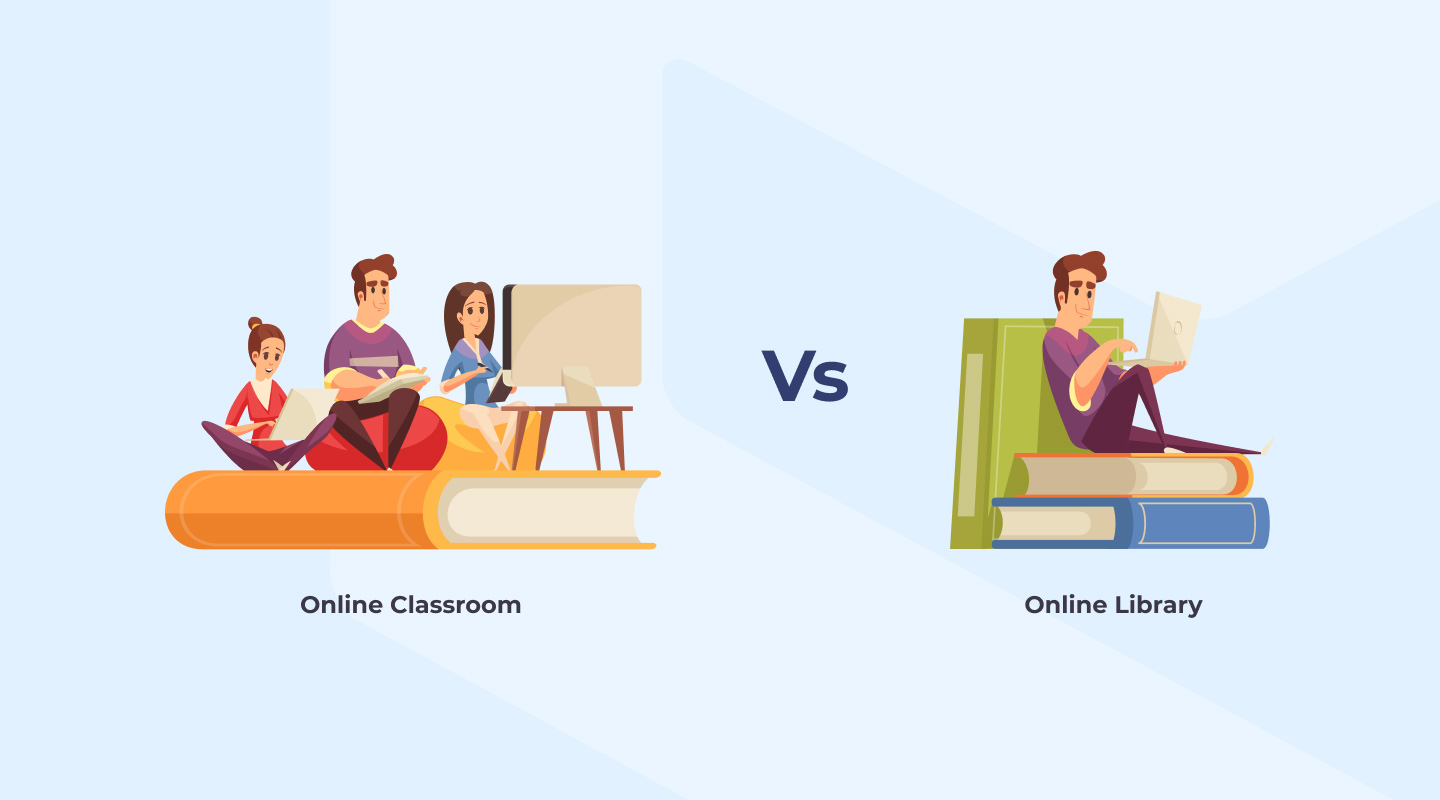
There are two types of learning management systems:
- Systems for full-time distance learning
- Spaces to store learning materials for teachers and students to work with between meetings
The second type of system is basically the same as the first but with slightly clipped functionality. In this article, we’ll talk about systems for full-time distance learning and will describe the process of learning management system development.
In a nutshell, an LMS is a communication and collaboration platform for schools and students. Its main purpose is to allow students to access learning materials online and pass their assignments to teachers while allowing teachers to create courses, give out assignments, assess assignments, assign grades, and provide feedback to students. It sounds pretty simple, but that’s the tip of the iceberg. To create an LMS platform, you need to take multiple things into account.
How to build a custom learning management system?
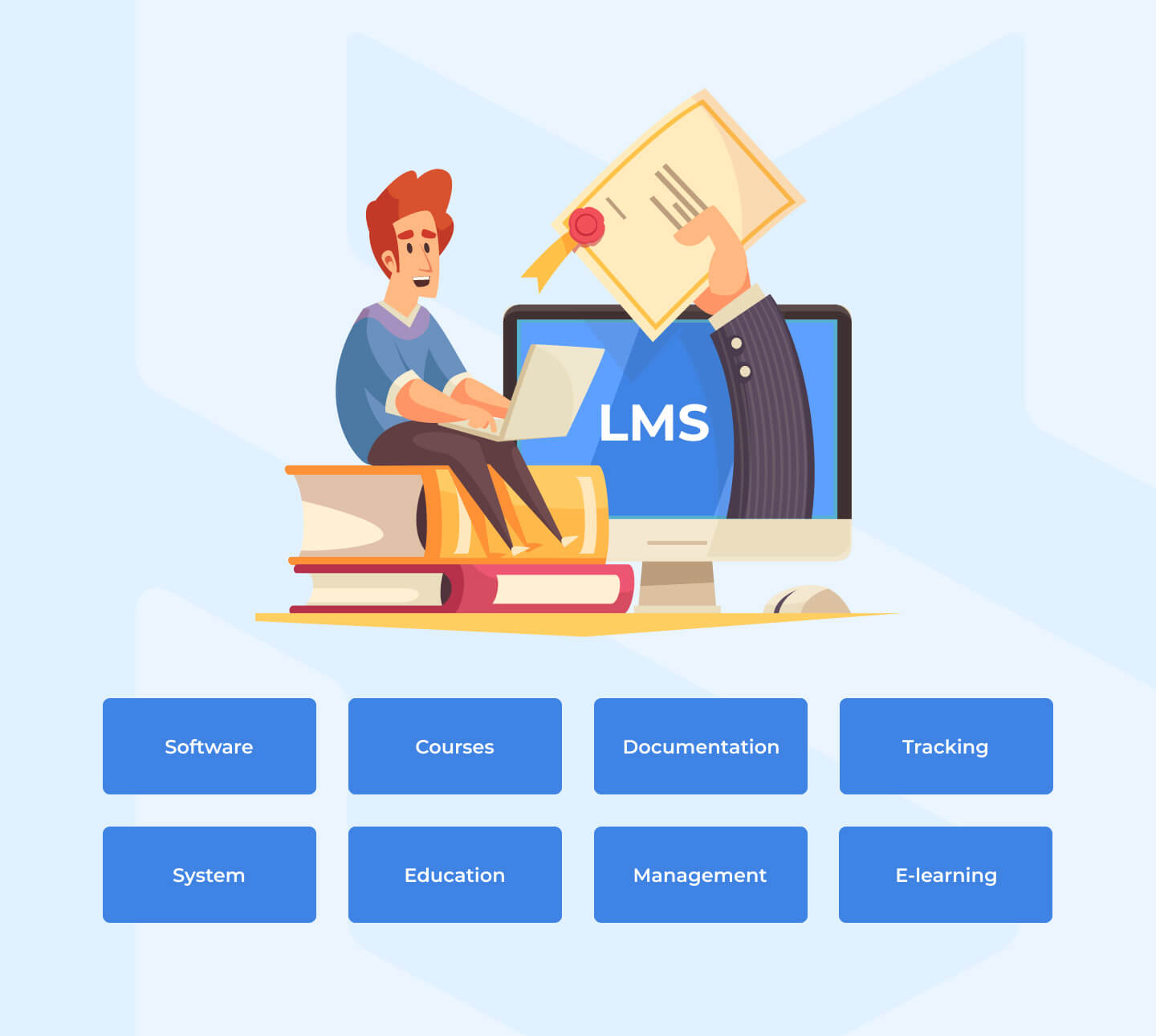
Learning management systems come in many shapes and forms. Before you start building your own, you need to decide what type it will be. Here are the main options:
- An internal LMS for educating your employees on internal processes
- An internal LMS for an educational institution
- An enterprise LMS to be offered as a SaaS product
- A general-purpose SaaS LMS for educational institutions
- An LMS focused on a specific academic or industry field
Depending on what kind of LMS you want to create, the scope of features will differ, as will the business analysis process you’ll need to go through.
Internal corporate LMS
Why would a company need a custom LMS for internal use when there are a plethora of such systems offered by third parties?
Well, the biggest downside of many SaaS LMS solutions is limited customization. If your company has to teach employees unique processes, it might be hard to find a third-party system that can cover these processes. Another issue is security, which is generally better when the system belongs to your company and not to a third party.
If your company doesn’t have totally unique processes and your learning materials don’t include any confidential information, it might be cheaper and easier to buy a license from a SaaS LMS company.
Internal school/university LMS

Schools and universities usually don’t have their own internal learning management systems. Most of the time, it’s not worth the investment to have something for internal use only. Educational institutions don’t tend to use private information in learning materials, and customization isn’t high on their priority lists.
Small or medium-sized online schools usually have little need for dedicated high-performance servers to handle thousands of students at once. And brick-and-mortar colleges use LMSs more as a supplement to traditional learning methods. For both of these types of educational institutions, the cost to build a learning management system might be too steep.
However, the times we live in have come to dictate new rules. With the global lockdown we see today, servers of SaaS learning management systems like Google Classroom and Edmodo are heavily loaded. Maybe it’s time for big institutions to invest in developing Google Classroom-like apps of their own?
LMS software as a service
If you plan to offer an LMS as a service to either businesses or schools, you’ll need to choose a niche. The educational industry is enormous and competition is high. Therefore, it’s critical to find your unique value proposition — something that makes you stand out from the crowd. A unique value proposition is part of the Lean Canvas, a tool used by development teams to build a business model canvas.
A unique value proposition is a must in today’s competitive market. Without one, you’ll have nothing to attract the attention of users in the sea of options. Here are some examples of popular learning management systems for schools and their unique value propositions.
What are the best learning management systems?
Google Classroom
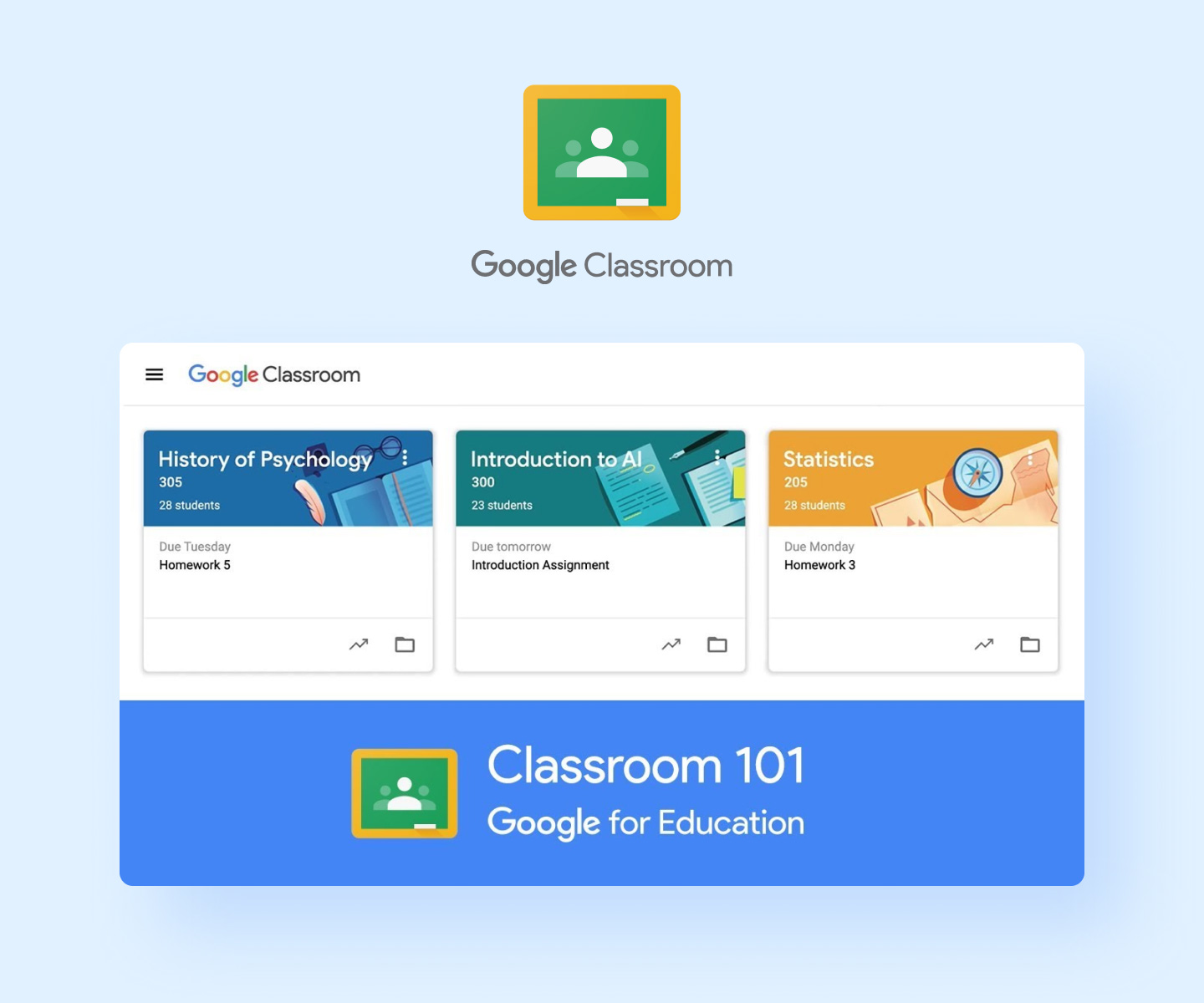
The biggest benefit of Google Classroom is that it’s a Google product. This means seamless integration with Google services like Gmail, Drive, Docs, and YouTube. Besides, Google Classroom is free to use for individuals and for schools that use G Suite for Education.
However, it’s not without its shortcomings. For example, Google Classroom doesn’t offer accounts for parents to keep tabs on their kids’ performance in real time. Parents only receive occasional email updates.
Also, Google Classroom doesn’t integrate with Hangouts, so there’s no internal communication aside from comments in Docs. For communication, users can set up groups in external messengers like Remind: School Communication, Skype, Facebook Messenger, or, well, Hangouts.
Edmodo
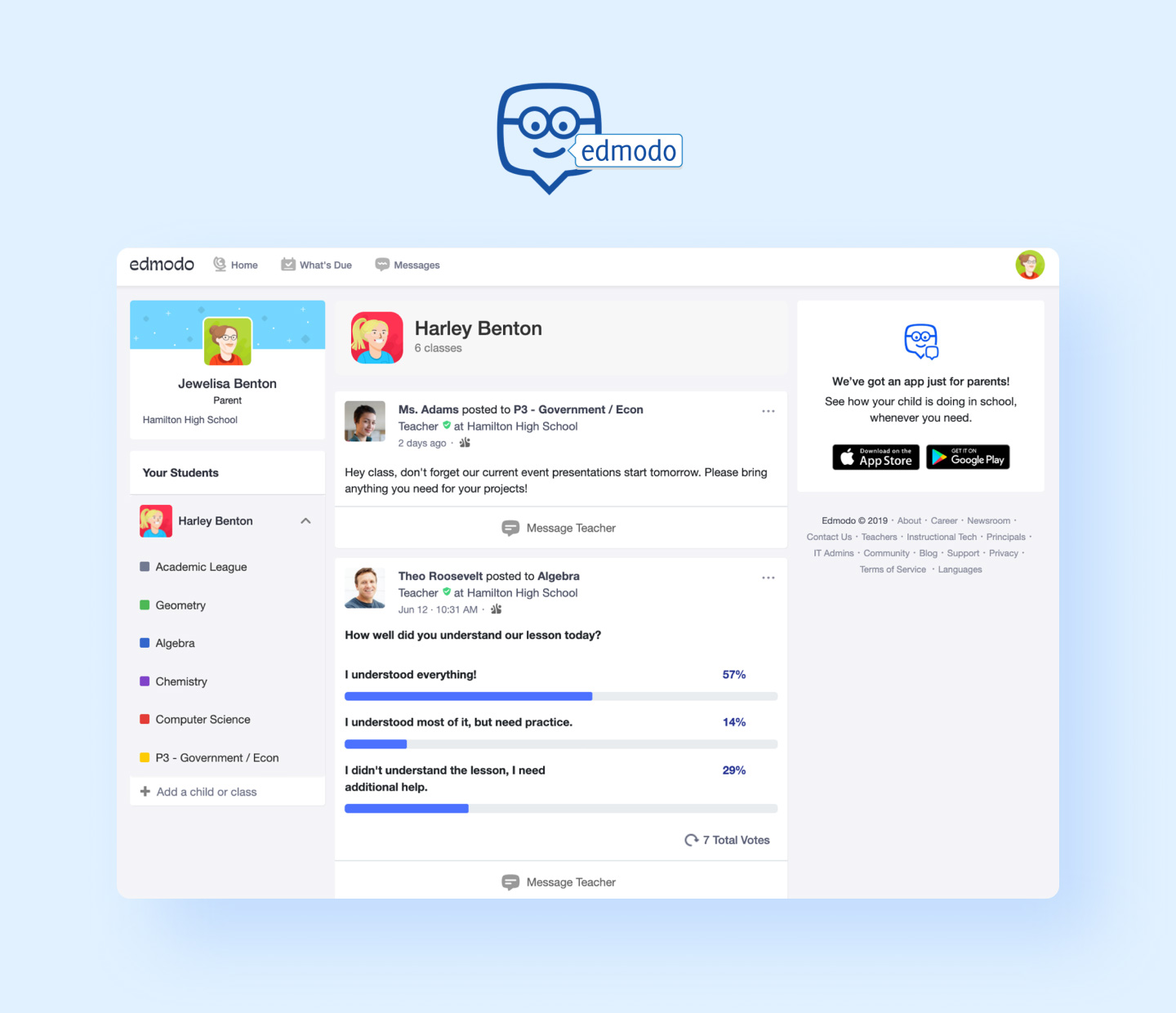
Edmodo is another LMS that’s popular among schools. Like Google Classroom, it has a free option. But unlike Google Classroom, the free version has clipped functionality, as Edmodo uses a freemium model.
Edmodo is a social network-like service, which makes it easy to use for anyone familiar with Facebook. It can also integrate with G Suite for Education and Microsoft Office. More integrations are offered in a paid plan. Unlike Google Classroom, Edmodo offers parents direct access to their children’s assignments and marks.
On the flip side, there are no content authoring tools in Edmodo — a feature essential for long-term remote learning.
Docebo
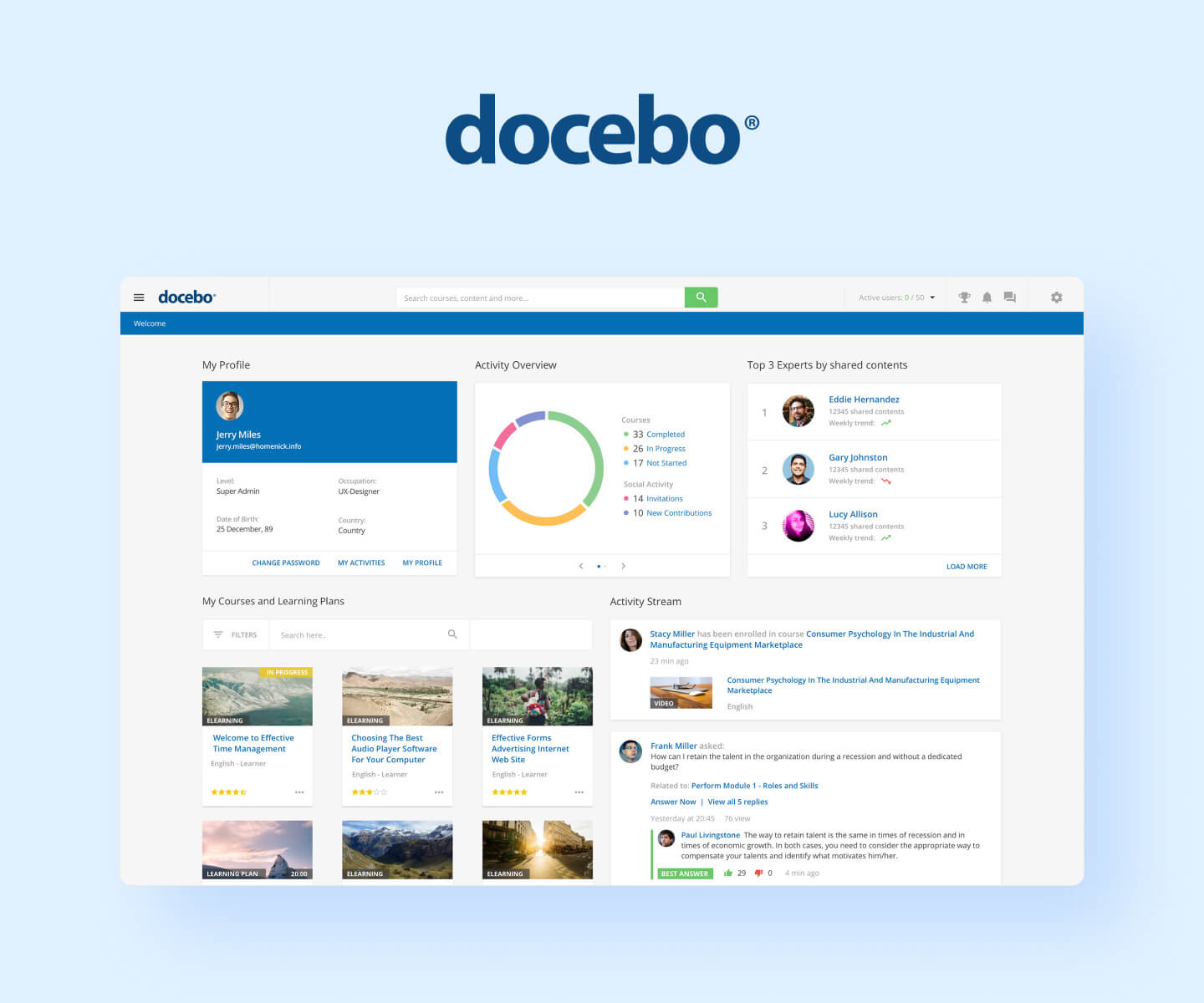
Unlike both Edmodo and Google Classroom, Docebo is an enterprise LMS, or an e-learning tool for businesses. It stands out thanks to its AI-powered personalization and content curation as well as its multi-language localization. Another prominent feature of Docebo is its marketplace, where you can actually sell your courses for a bit of extra income.
The drawbacks of Docebo include the fact that customization might be challenging for novice users.
These are just a few examples of learning management systems to give you a picture of what they’re like. You’ll need to research your competition in whatever niche you decide to build an LMS for.
Features to include in a learning management system
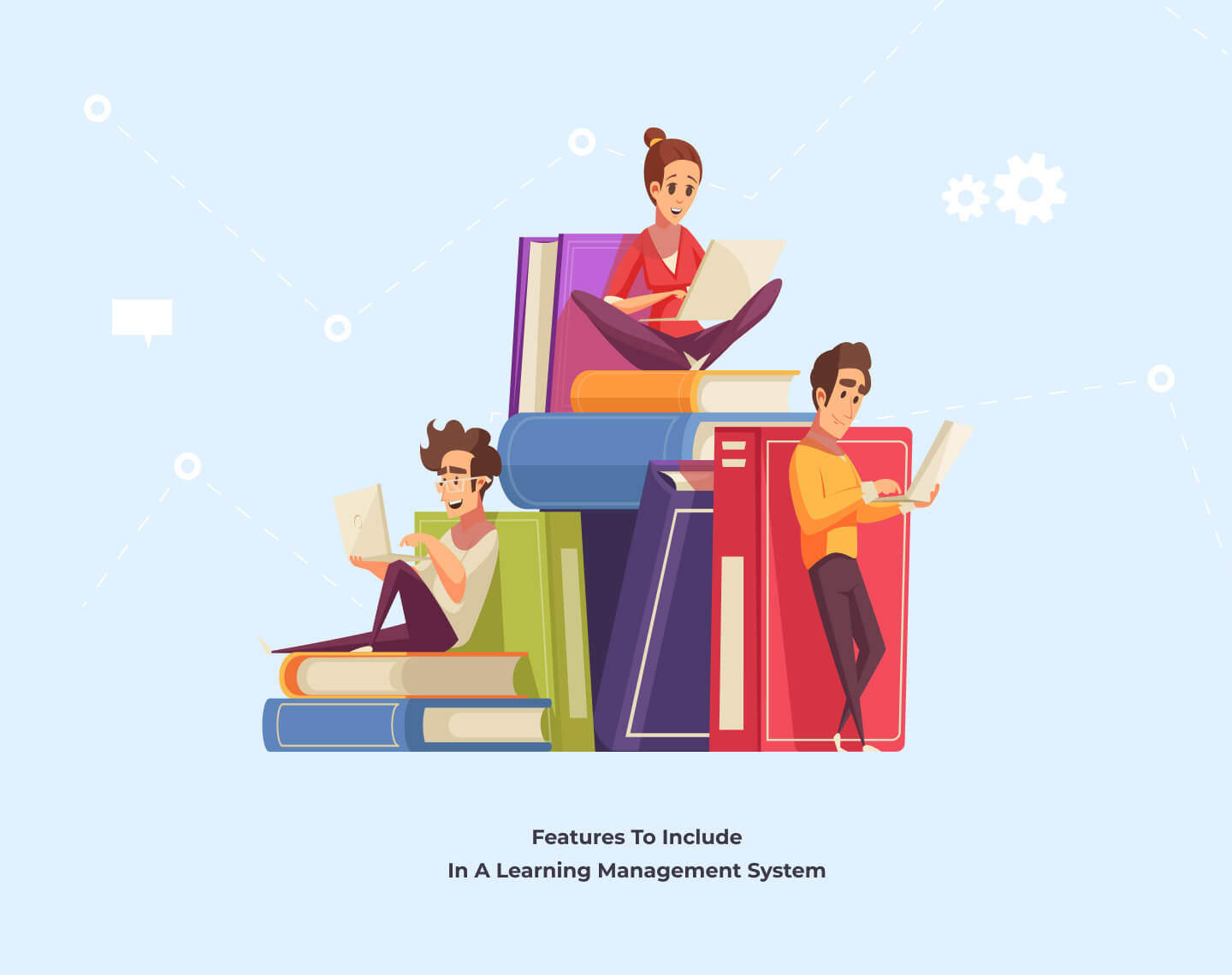
Uniqueness is invaluable in the oversaturated market of e-learning systems, but so is quality core functionality. Even if your key feature is golden, if it’s the only part of your app made with care, there’s no value in it. Here’s a list of features any proper LMS needs to succeed.
1. Great user experience
Studying new things can be hard as it is, and the task of an LMS is to at least not make it more difficult. Preferably, an LMS should make studying easier. Hence, you need to provide a user experience that’s smooth and logical. From onboarding to course creation to handing out and passing back assignments, the simpler and shorter the processes, the more users will stay with your system. A cluttered interface is always a bad decision, but it can kill an e-learning system before it’s born.
2. Mobile-friendly
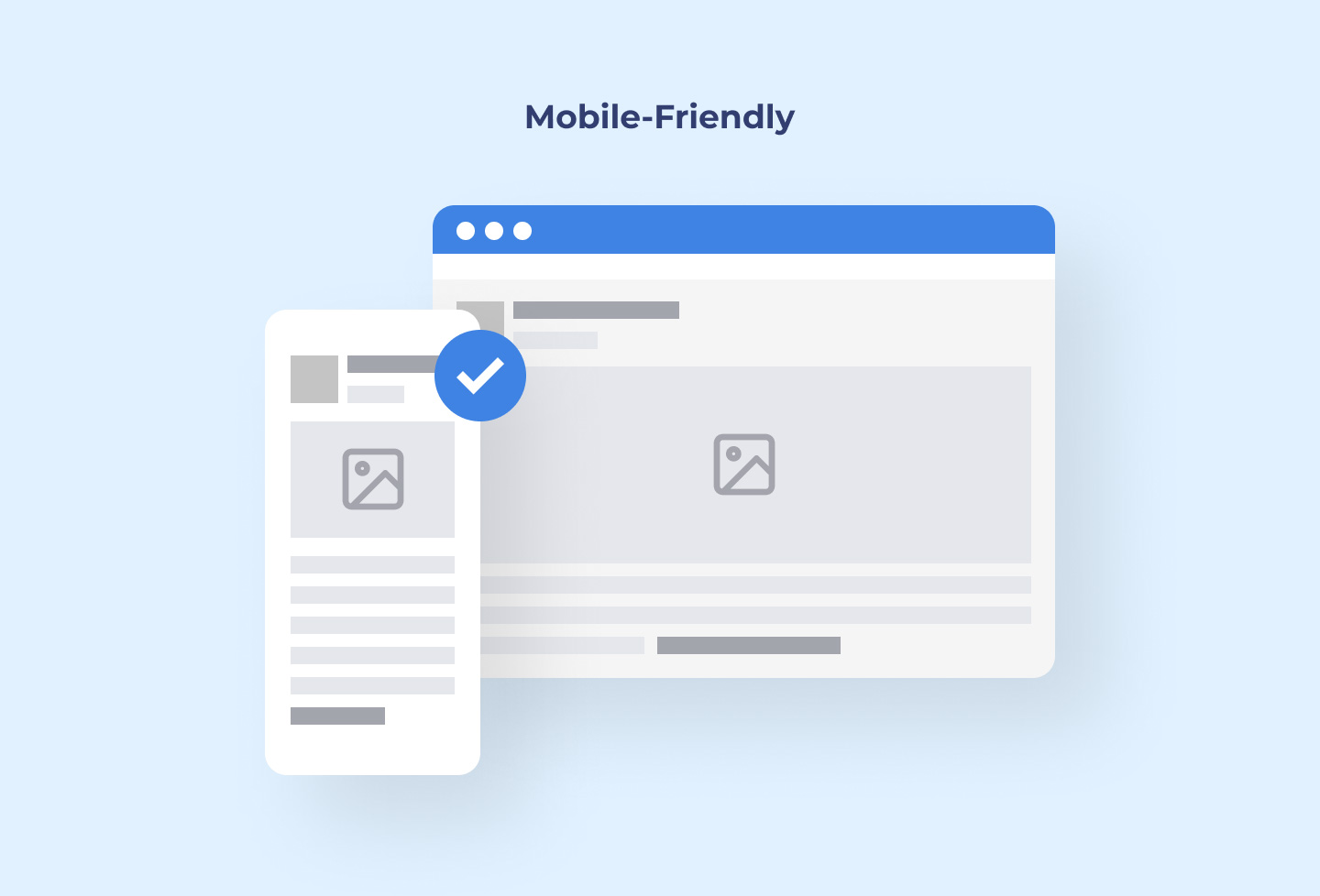
If we’re talking about a multi-course platform, the usual approach is to start with building a learning management website and add mobile apps later. Most people prefer studying at home with a computer, after all. However, any custom learning website must be mobile-friendly and adaptable to different screens.
3. Course creation and management
This is the core feature of any LMS. Course creation involves uploading learning materials and arranging them to make a comprehensive system. The process needs to be simple and user-friendly. For example, you can allow users to drag and drop materials into designated spaces. If you’re integrating third-party authoring tools, your LMS needs to be compliant with SCORM and xAPI, the two most common standards for e-learning content.
4. Group creation
Learning management systems are built with groups in mind. Whether they’re school classes or batches of new employees, groups are essential for teachers and students alike. By setting up groups, teachers can organize their course materials and distribute them to everyone. Students, in turn, can use groups to communicate among themselves, collaborate, and help each other with ease.
5. Giving out and accepting assignments
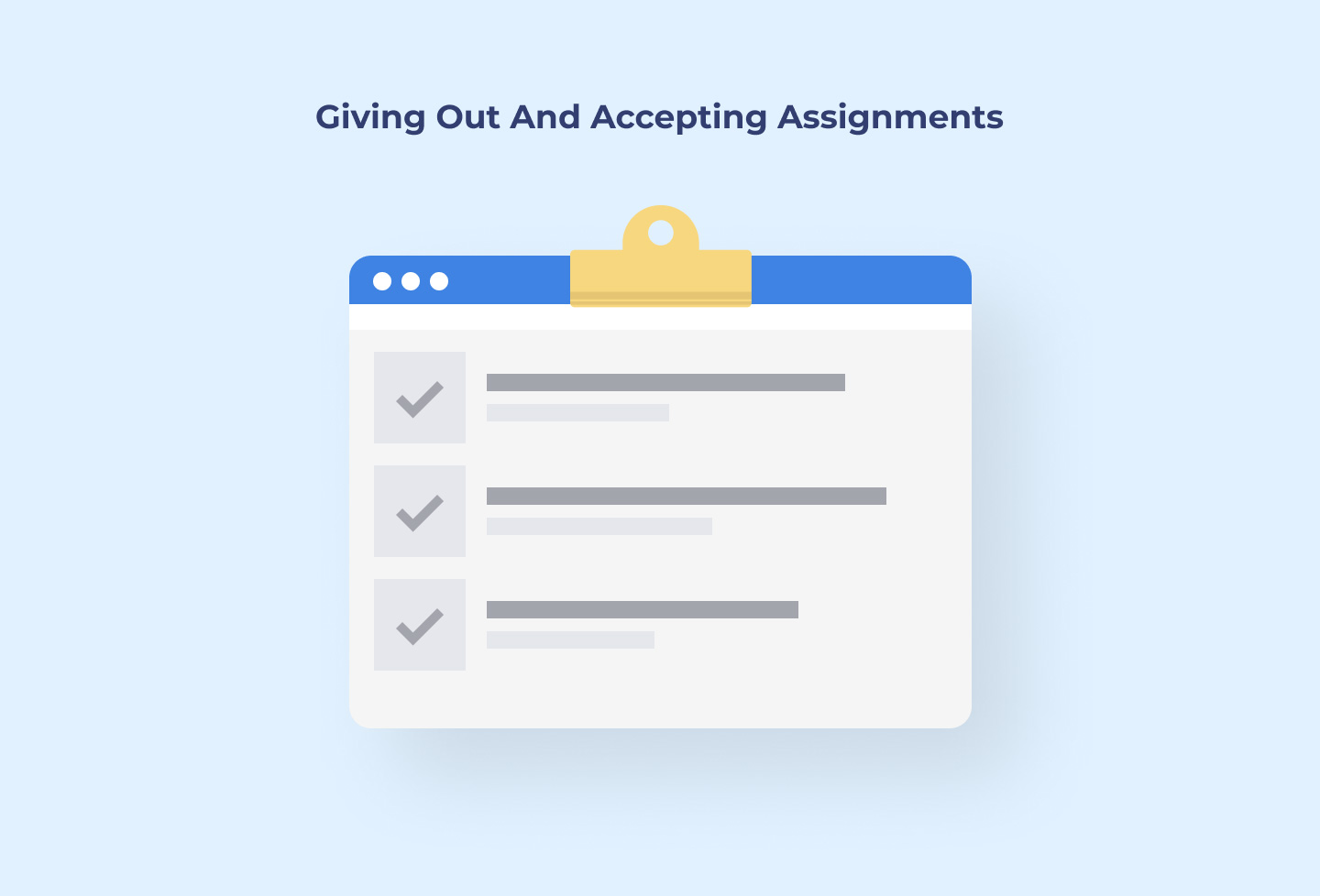
In a way, this is part of course management functionality. But we’ve decided to single it out to bring attention to its importance. Having a separate space for assignments means being able to easily find, customize, and send assignments in bulk. If configured correctly, this feature will also allow teachers to see which students have turned in their assignments.
6. Assessment and marking tools
Assessment tools make it possible to highlight areas where each student struggles, and marking goes hand in hand with progress tracking.
7. Teacher collaboration
Sometimes, it’s useful and convenient for teachers to collaborate on creating and managing courses. Two or more specialists in the same field or in related fields can build a stronger course and manage classes more efficiently.
8. Quizzes and tests
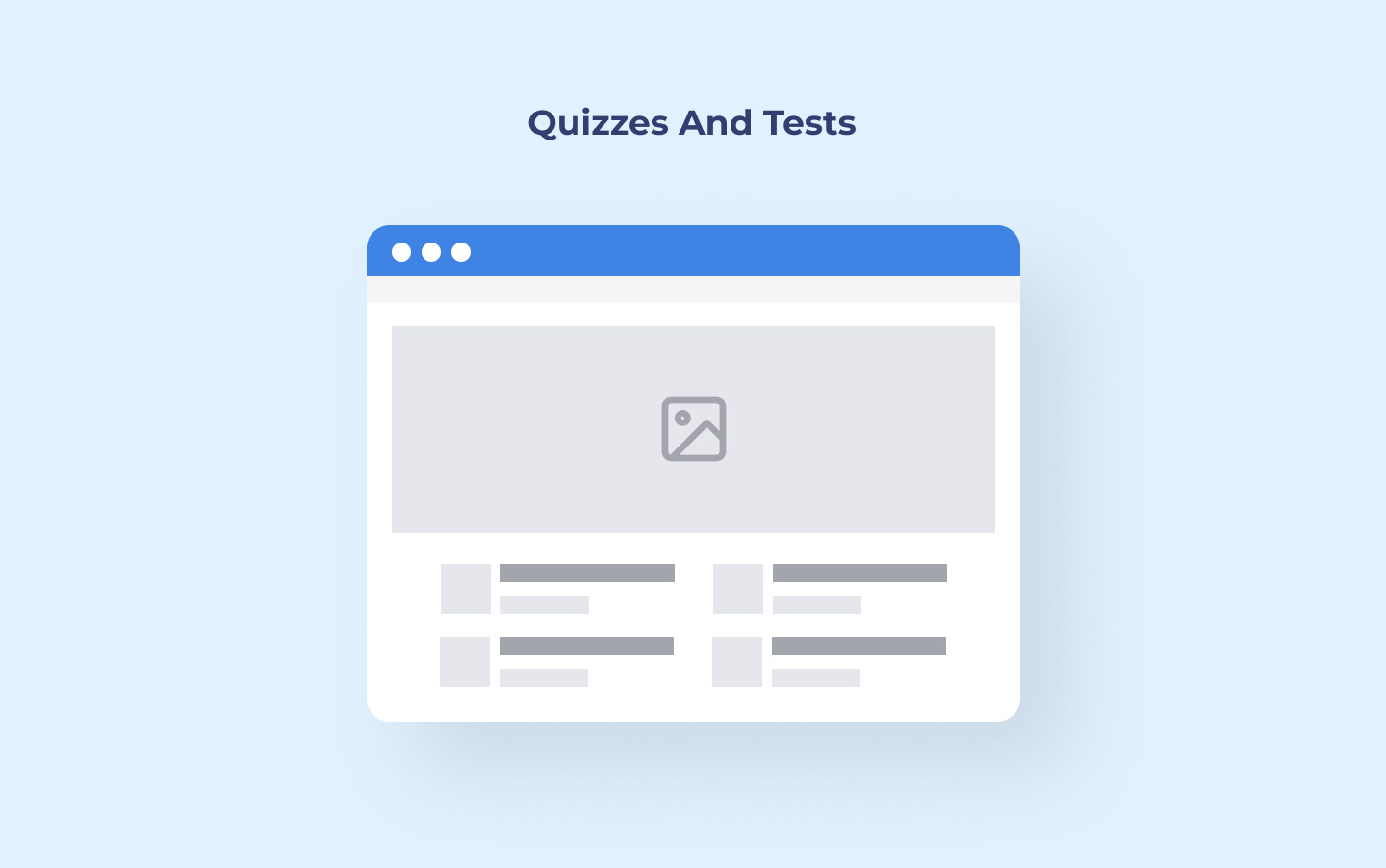
To allow educators to assess how well students have learned the material, add functionality for tests and quizzes. In contrast to regular assignments, quizzes can be self-marking, meaning they don’t require the teacher to spend time assessing them. Results will be delivered to both the teacher and student (and parent, if you enable parental access) so everyone can see where there are gaps in the student’s knowledge. You can also make quizzes and tests reusable instead of making teachers add them manually each time.
9. Calendar
A calendar enables teachers to set deadlines for students. This is especially important in a virtual classroom when a group needs to move at a set schedule. However, even in individual learning, a calendar can be useful to track progress and the speed at which a user learns.
10. Notifications
Students — kids and adults alike — tend to forget about their assignments when they aren’t physically going to school. (Sometimes they forget even when they do go to school.) If you’re building a mobile LMS app, you need to integrate push notifications. On a website, you can implement automated emails, pop-up notifications, and notifications in profiles. Think about building a browser extension to notify users that they have an incoming assignment or a deadline approaching even when your website is closed.
11. Reports and progress tracking
![]()
Automated reports and progress tracking lessen the load on teachers, freeing their time to polish their courses and build new ones. Reports also help students and parents see progress. There are several ways to build reports: in a simple spreadsheet, in individualized emails sent to students and their parents, or as a section in the LMS profile.
12. Communication tools
Emails are unreliable when it comes to communicating between teachers and students or among students. Emails get accidentally tossed in the garbage, allocated to the spam folder, or simply ignored. For teacher–student or teacher–class communication, it’s better to use instant messaging. While it’s possible to use third-party tools like Hangouts or Skype, in-system chatrooms are more convenient since they allow users to find each other easily. With in-system chat, there’s also no issue of people preferring different messengers.
Additionally, think about implementing video conference tools for holding lectures and webinars.
13. Library

A library is a way to organize educational content and reuse it for different courses. It’s also a space to store supplemental content to help students who might struggle. An LMS library needs to support all kinds of content, from text documents and PDFs to audio and video files. You’ll need to implement a filtering system so users can easily find the content they need.
14. Integrations
Integrations allow you to avoid building certain features from scratch. For example, you can add Google Docs instead of building a text editor within your system. In a business LMS, integrations can automate tasks like enrolling people in courses using HR software or syncing user data with a CRM.
15. Gamification
Adding an element of gaming can be a good idea to make learning engaging for students. There is a reason, after all, why both fitness and educational apps include competitive elements. Typical gamification elements in learning software include top 10 lists and badges. But you can also approach gamification from the UI side, making your LMS interface cute and progress animated.
LMS monetization

Learning management systems are usually paid. This makes sense, since you don’t want to interrupt users’ studying with ads. You have two main options for monetizing your LMS:
- Paid software with a trial period
- Freemium model
A freemium model means you offer certain functionality for free and offer extra features for a price. These extra features are usually useful but not part of the core functionality. For example, video conferencing can be an extra feature, but grading assignments probably shouldn’t be.
Paid LMSs are widespread, but they meet fierce competition from both freemium and free software like Google Classroom. To make paid software successful, you need to build it professionally, with high-quality functionality and a well-thought-out value proposition.
Cost to make a custom learning management platform

When you’re building your LMS with the help of an outsourcing company, you’ll first need to decide what platform(s) you’ll be building it for — web, mobile, or both. The set of specialists you need will differ depending on the platform(s), as will the cost. If you’re going for web-only development, you’ll need the following team:
- 1 project manager
- 1 web designer
- 1 frontend developer
- 1 backend developer
- 1 QA specialist
Based on the set of features listed above, developing a web platform for e-learning should take about three months — more if you add features or use complex technologies like artificial intelligence. The cost will start at about $70,960 and will go up or down depending on what you want to include.
If you decide to add a mobile app for iOS and/or Android, the extra specialists you’ll need will be:
- 1 UI/UX designer (one designer can do UI/UX for both iOS and Android devices)
- 1 Android developer
- 1 iOS developer
The back end, or server side, of your app will be the same for the web and mobile versions. You won’t need separate QA specialists, but they will need extra time to test your software on mobile, so your LMS development cost will still increase.
If you’re developing a web app and two mobile apps simultaneously, the development time won’t be affected too much, though you may be able to launch a web platform before the mobile apps since it generally takes less time to both develop and test a web-based app. Expect the cost for all three apps to start at $118,200.
If you decide to skip the web version altogether, you’ll still need a project manager, a backend developer, and a quality assurance specialist, but you won’t need a web designer or a frontend developer.
Bottom line
The idea is going around that in five to ten years, we’ll all be learning online even without a pandemic locking us in our houses. At least when it comes to higher education. Each year, the number of college students who take courses online and receive certificates remotely grows. Hence, the demand for both educational apps and learning management systems will only grow in the future. E-learning is a niche with great potential, and today is the time to start building a business in it.
If you have an idea or want to know more about how to make a website like Google Classroom, we can offer both development and consulting services. Ask us for a quote to get a rough estimate of the cost to make your LMS platform. And stay safe.

